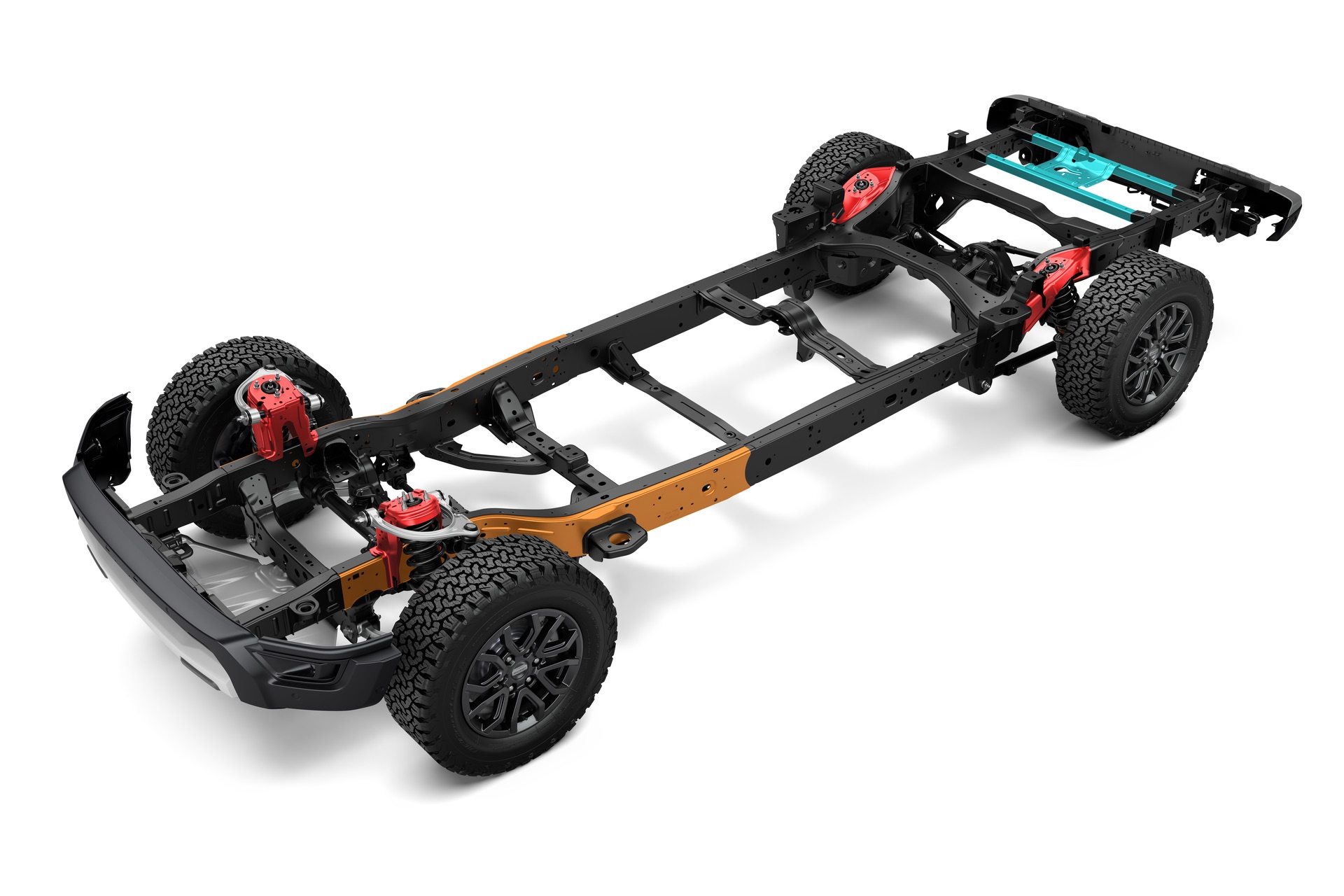Ford Australia has published position statements to assist in removing ambiguity and guiding the industry on best repair practices.
The company said as technology and manufacturing processes evolve, there is an ever-increasing reliance on repair procedures and information from OEMs to ensure vehicles are returned to pre-accident condition.
“Many insurance companies will not authorise and/or pay for repairs if OEM guidelines have not been followed. However, due to the unique nature of the collision industry and each repair being unique, not every scenario can be managed through a repair procedure. Ford Australia has taken the initiative of writing position statements to assist in removing ambiguity and guide the industry on best repair practices,” Ford said.
Position statements cover the following topics:
- Bumper Fascia Repair With ADAS
- Clearcoat Blending
- Pre and Post Scanning
- Remanufacturing or Refinishing of Road Wheels
- Structural Repairs
- Use of Non-OEM Glass on Ford Motor Vehicles
- Use of Non-OEM Parts
EXAMPLE OF FORD POSITION STATEMENT
Structural Repairs During a Collision Repair
Ford Motor Company only approves repairs to structural components that are completed using Ford published repair procedures and Ford Original Equipment Parts. Failure to follow these instructions will adversely affect structural integrity and crash safety performance, which could result in serious personal injury to vehicle occupants in a crash.
Repair procedures are available in vehicle-specific Service Manuals, Body Repair Manuals, Technical Service Bulletins and Instruction Sheets. Ford dealerships can access service information, training and diagnostic scan tool support through the Professional Technician Society at www.fordtechservice.dealerconnection.com and independent collision repairers can find information at www.motorcraftservice.com.
Where no Ford supplied repair procedure is available, repairs must be made at factory joints or seams with Ford original replacement parts using procedures that duplicate factory assembly processes and techniques.
Alternative structural component repair procedures and/or parts approved by others, are not approved by Ford. Should alternative structural component repair procedures and/or parts be used, repairers should be aware of the potential liability they incur.
The structural component repair procedures and repair-specific parts approved by Ford have been validated through testing by Ford engineers to return repaired vehicles to the intended level of form, function, performance and safety as our engineers originally specified.
Ford Motor Company vehicles are designed and built to provide optimum fit, function, safety and structural integrity. Ford Motor Company does not approve the use of third-party replacement parts. The quality, performance and safety of these parts cannot be verified and may result in substandard repairs, which can inhibit proper vehicle function and cause erroneous DTCs. Only by using Ford original equipment collision parts can you be assured of the part’s fit, finish, quality and safety.
